How much electricity does a multicooker consume? Is it an economical device?
Do you dream of buying a multicooker to save yourself the hassle of having to constantly add ingredients to the pan and stir them? But what's stopping you from purchasing it is the fear that the appearance of such a kitchen assistant will dramatically increase your energy costs? Let's figure out how much light such a technique can put on the meter.
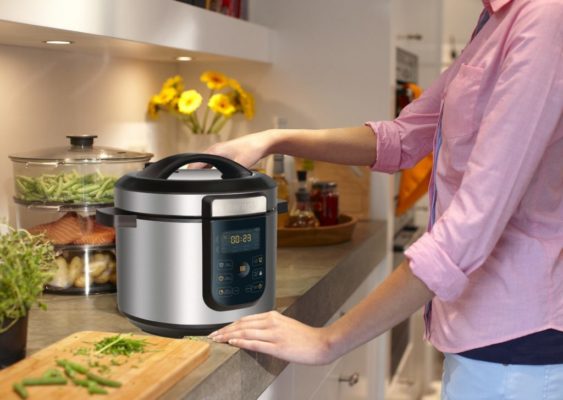
The content of the article
Average electricity consumption
When choosing a multicooker in the store, we first of all look at the functions that it is capable of performing. The number of programs can vary between 5–14 positions:
- yogurt;
- meat;
- pilaf;
- rice;
- legumes;
- paste;
- pizza;
- porridge;
- soup/borscht/ear;
- dough;
- cottage cheese;
- jam;
- bakery;
- own recipe.
We can also take an interest in the modes:
- steaming;
- warming up;
- stewing;
- frying
But we almost never look at such an indicator as power, and it is precisely on what modes our future kitchen assistant has that directly determines how many kilowatts of electricity, and therefore the costs from the family budget, our multicooker will draw.
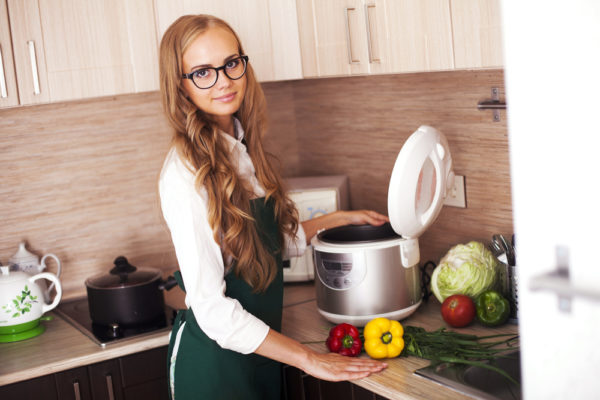
Miracle units have different power levels - mainly from 500 W to 1100 W, therefore the electric meter will be wound in different ways. It is very rare to find multicookers with a power of 490 W or 1.5 kW.True, electricity consumption is affected not only by this characteristic of the multicooker, but also by other parameters:
- design features;
- number of available programs;
- selected mode (temperature and program);
- bowl volume.
Advice! When looking at the instruction manual, you should definitely ask how much electricity your kitchen assistant will consume per hour.
It would seem that it could be simpler: choose a multicooker with less power and pay less for the light. But it's not that simple! Yes, a multicooker with more power, on the one hand, will consume more energy, but on the other hand, it will cook food in a shorter period of time, and as a result, the electricity consumption will be lower than in a device with less power but a longer operating time.
There is only one way out of this situation: choose a multicooker with an average rating of 600–800 W - and you won’t go wrong.
Multicooker parameters that affect consumption
Electricity consumption also depends on the volume of the multicooker bowl - 3, 4 or 5 liters. Two multicookers of the same power with different bowls will draw different amounts of kilowatts, so for a small family it is not advisable to choose a large bowl and pay extra money for light.
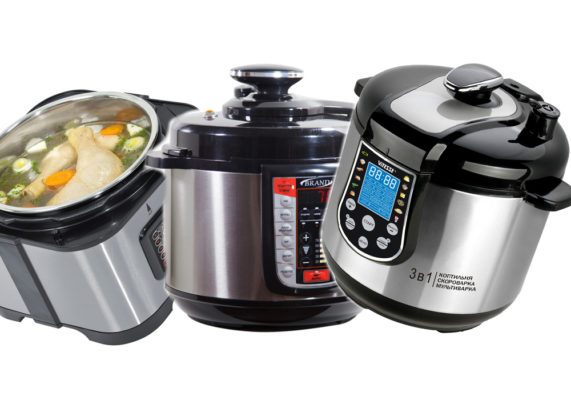
Please note that a multicooker with a 3-liter bowl will use approximately 2 times less energy than with a 5-liter bowl. On average, a 3-liter will consume 400–700 W per hour of operation, and for a 5-liter this figure will be 650–1000 W per hour.
How to calculate energy consumption
So, you looked at the instructions and found out the power of the multicooker.But how can you calculate how much light it will actually draw? If you have a 1000-watt unit, then, in theory, the multicooker should consume 1 kW of electricity per hour of operation. If you use it twice a day for an hour, you will burn 2 kW in a day. Multiply this figure by the tariff of your region and find out how much money you will have to pay for using a kitchen assistant. This is theoretical, but in practice the numbers will be completely different, because the multicooker uses this amount of electricity only in heating mode, and then simply maintains the desired temperature. Electricity consumption in this mode is 15–25% of maximum power. So the actual power consumption will be 250 W per hour for a multicooker with a power of 1 kW or, for example, 200 W for a power of 800 W.
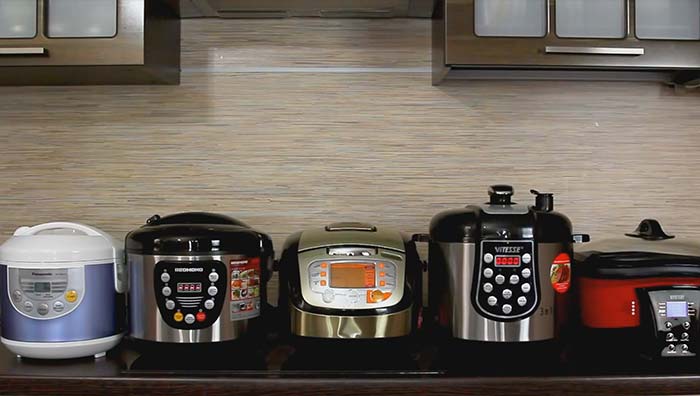
By estimating how many times a day or week you will use the multicooker, you can calculate how many kW will be added to the meter per month. If you turn on a 1 kW device every day for an hour, then in a month it will generate 7.5 kW of light in addition to your electricity costs.
This figure may seem too high to you, but it is significantly lower compared to the light consumption of an electric stove. Since using an electric stove or oven will cost 2.5 times more. A microwave with an electric kettle also consumes much more electricity.
Using a multicooker, you will free up a lot of free time, because all you need to do is put in the necessary products, set the mode and return to the kitchen when lunch is completely ready.
Tips for saving energy
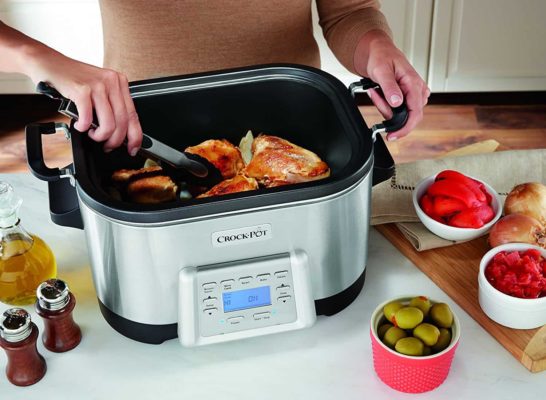
Although the multicooker, as you already understood, does not take up too much energy, for the most economical ones we would like to give some tips on how else you can reduce the energy consumption of this kitchen machine:
- choose models where food is cooked under pressure;
- choose a program with the highest automatic mode;
- select the “quenching” or “simmering” mode;
- do not use the “warm” mode after cooking;
- give up baking in an electric oven and switch to baking in a slow cooker.
Knowing your appetites and ability to cook at home, now you can easily calculate how much electricity you will have to spend to use a multicooker. So, easily decide whether you need such an assistant in the kitchen, or whether you will continue to smoke on an electric or gas stove, spending much more effort and energy preparing dinner.



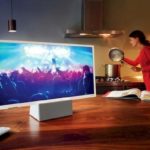


Complete crap. Multicookers use as much energy as necessary to maintain the selected program. It doesn’t matter whether it’s 1, 3, or 5 kg, what matters is its loading, there are sensors under the bowl and in the lid.
With low power, devices will spend a little more energy, since they need more time to maintain the required mode.